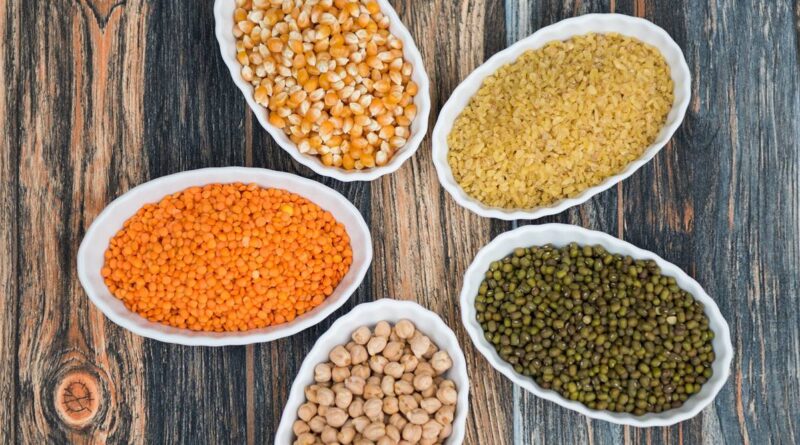Robust kharif prospects, imports to moderate pulses prices
By Sandip Das
With the expected arrivals of chana from Australia and prospects of a robust kharif harvest, the government is aiming to bring down the prices of pulses, which have been at the elevated level for more than year, over the next few months.
“While there has been an uptick in retail prices of pulses because of festive demand, wholesale prices have already started to moderate,” an official with the department of consumer affairs told FE.
The official said with the above normal monsoon rainfall resulting in sufficient soil moisture for rabi or winter crops, area under chana, which has around 50% share in the country’s pulse production, is likely to increase sowing area in the coming season.
One vessel carrying desi chana from Australia is reported to be arriving shortly. Peak arrival of imports from Australia would be around December-January. Shipment from Tanzania will peak between the middle of November – December,” according to the official. Trade sources said that shipments of desi chana from Africa have started to arrive.

In 2023-24 crop year (July-June) due 10% drop in chana output to 11.03 million tonne (MT) on year because adverse weather conditions pulled down overall country’s pulses output by 7% to 24.24 MT on year. However trade sources have stated a much higher drop in chana last crop year which forced the government to relax import duties on yellow peas and desi chana or bengal gram, used as substitute for chana.
The gram split variety of pulses reported the highest price rise of 21.2% in September while the government is aiming to import about 0.2 MT and 1 MT of desi chana from Tanzania and Australia in the next couple of months aimed at improving domestic supplies of chana.
In addition around 2.3 MT of yellow peas have been imported since December last year to improve domestic supplies. he duty-free imports of tur, urad and masur (lentils) have been extended till March 31, 2025. The government has also removed import duty on desi chana while extending import duty exemption on yellow peas till October
“The retail prices of tur dal, urad dal, moong dal and masur dal have either declined or remained stable during the past three months,” according to an official note.
At 12.8 million hectare, the area under kharif pulses varieties – tur, urad and moong is up 7.8% on year. Traders say that while tur output is likely to be higher than last year, quality of urad output has been impacted because of surplus rains across key growing areas.
Agencies such farmer’s cooperative Nafed and NCCF have so far registered 1.75 million farmers for assured procurement at Minimum Support Price (MSP) of kharif harvested pulses like tur, urad and lentils.
Meanwhile, retail inflation in pulses was 9.8% in September from 11.3% in August, as prices have softened. Retail inflation in pulses have been in double digits since June, 2023 because of lower output of key varieties of pulses like chana, tur and urad.
As the part of second phase of Bharat Chana Dal retail market intervention, 0.3 MT of pulses from the buffer is being converted to chana dal and chana whole is being sold at Rs 70/kg and Rs 58/kg respectively through various retail outlets.
To meet the rising demand, India’s import of pulses rose by 90% on year to 4.73 MT during 2023-24 to meet domestic demand. India imports about 15% of its annual pulses consumption.
This article has been republished from The Financial Express

